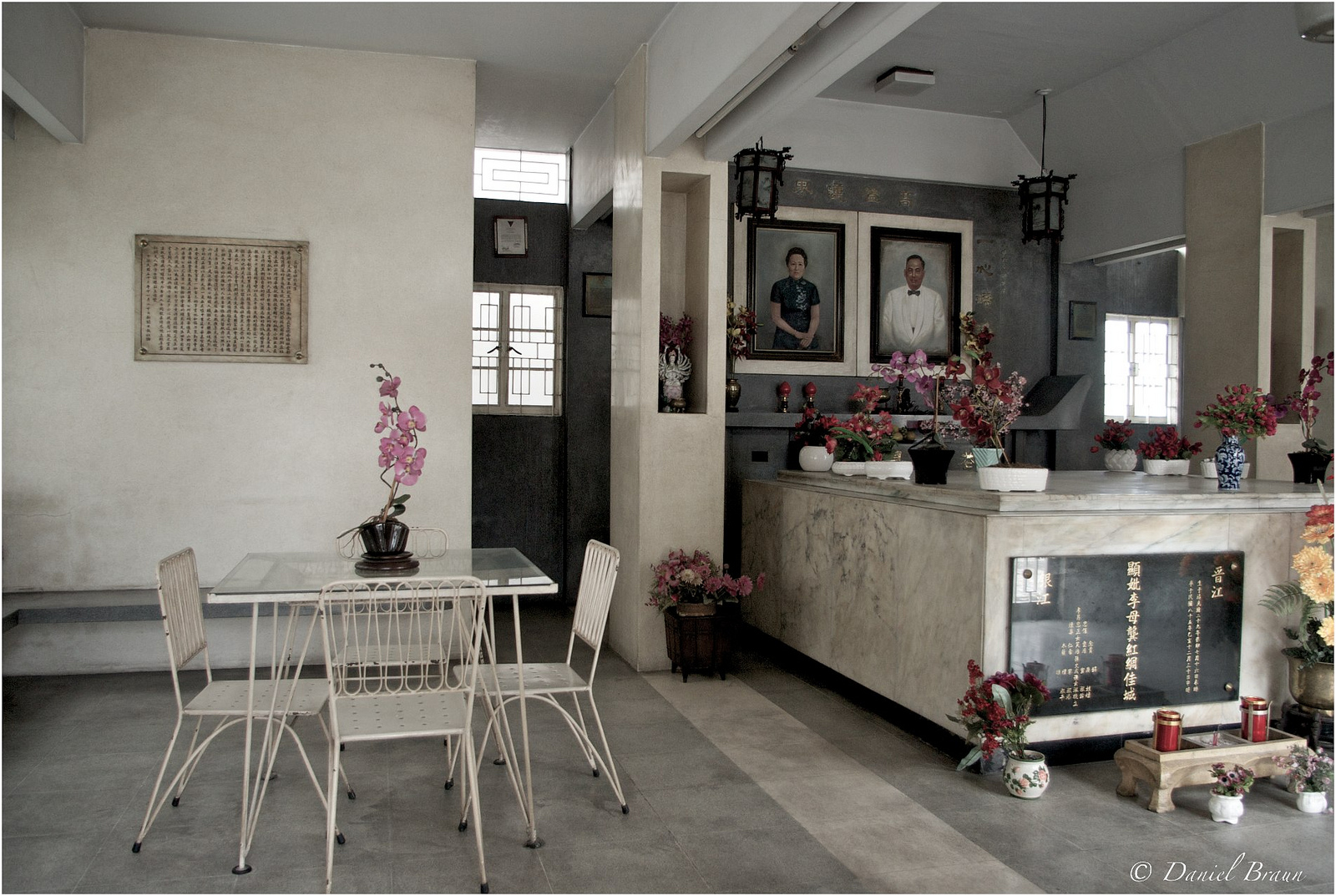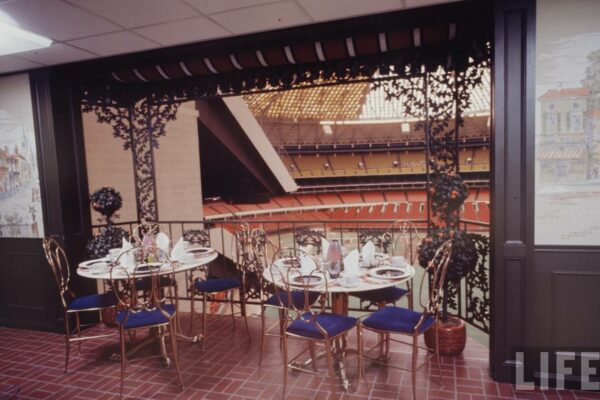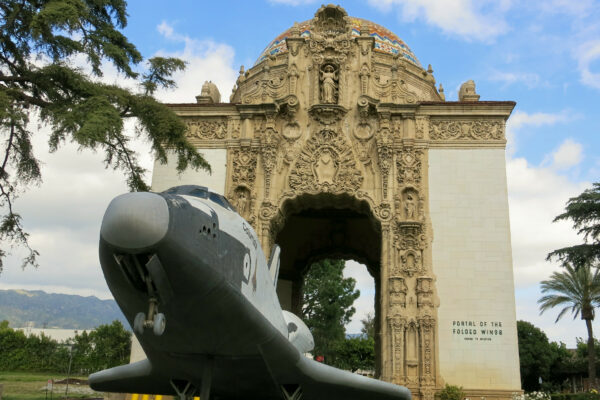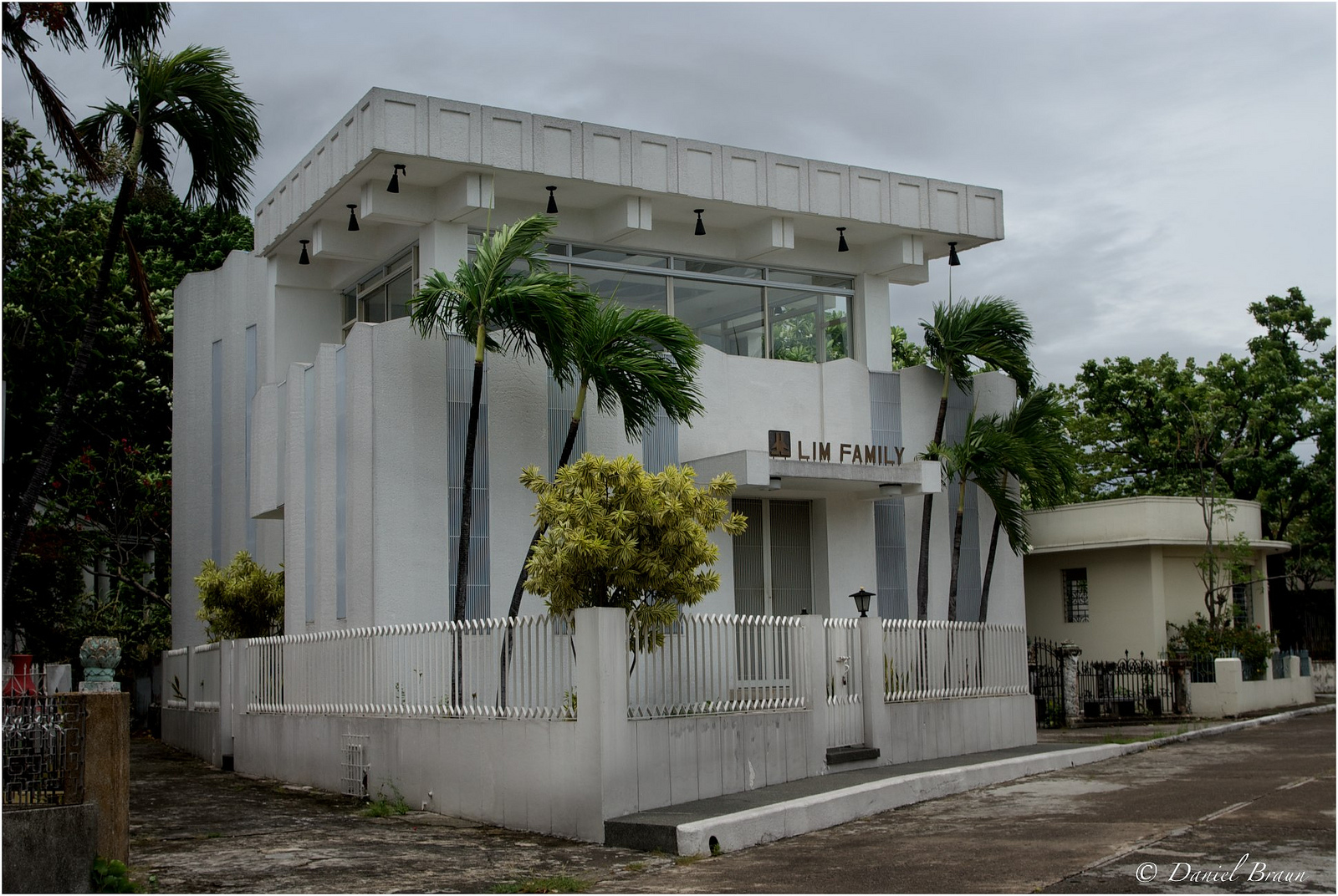
A friend of mine just returned from travelling in the Philippines and told me I should look into a cemetery located in the capital of Manila where the dead have better houses than the living. He was right. Most of these “homes” have their own fully-functioning kitchens, bathrooms and even bedrooms where relatives can sleep alongside their buried relatives. In some cases, they live amongst the dead full-time. The tombs are bigger than most houses and line real two-way streets within the cemetery grounds. It’s dubbed “the Beverly Hills of the Dead”.
Lead image (c) Daniel Braun
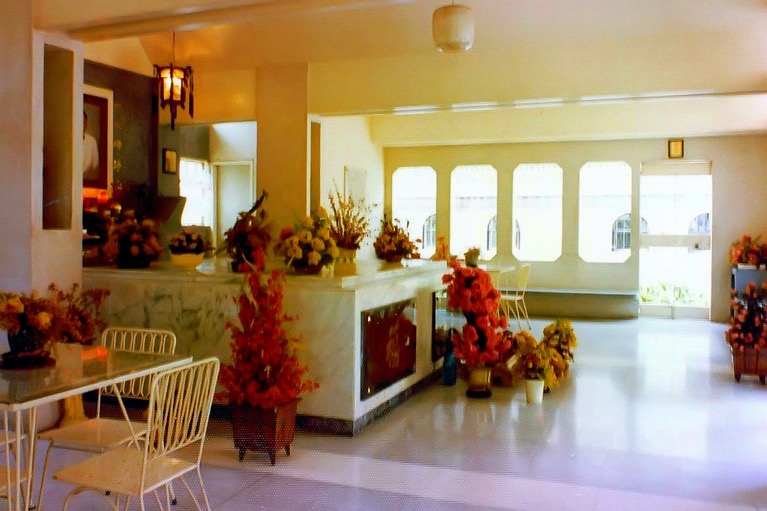
(c) Edgar on Flickr
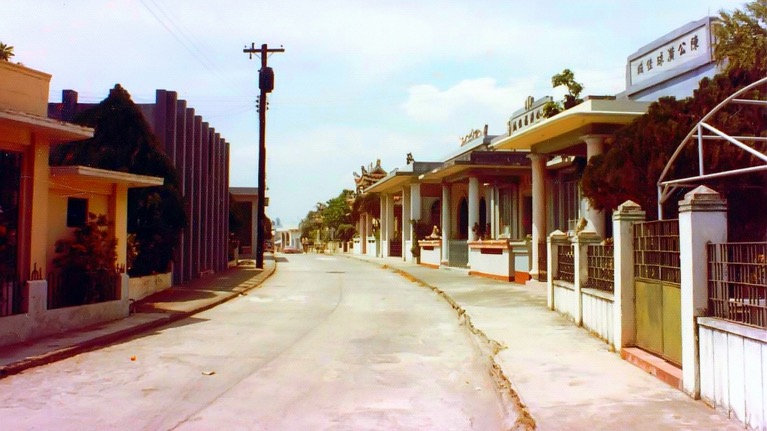
(c) Edgar on Flickr
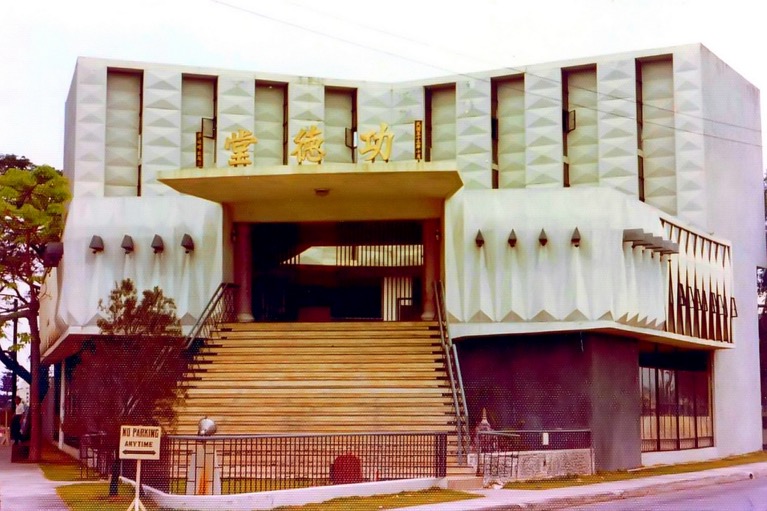
(c) Edgar on Flickr
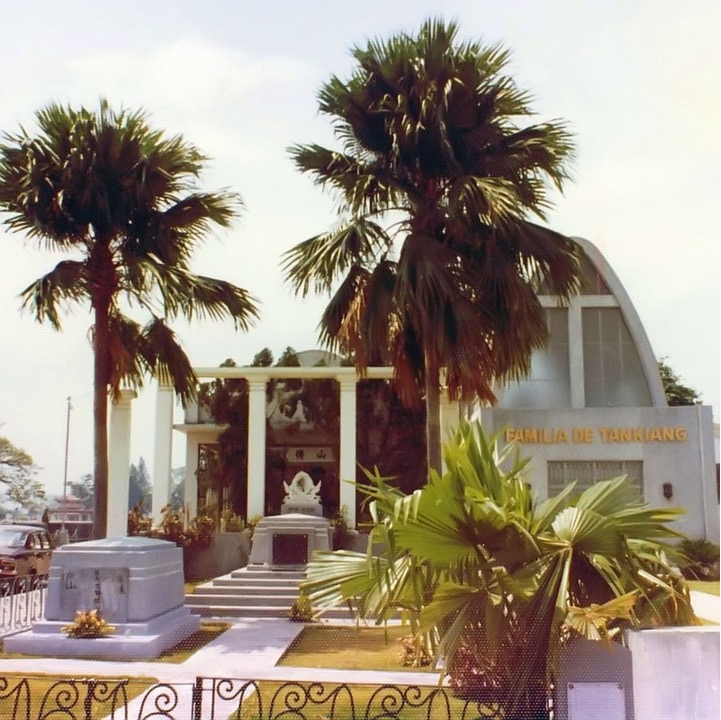
Welcome to the Chinese Cemetery of Manila, a neighbourhood all of its own, originally established when the Chinese trading community were prohibited by Spanish colonials from using the Catholic cemeteries. Forced to create their own, it is a unique place where wealthy Chinese families have built little mansions around the graves of their loved ones since the 19th century, to make sure they feel comfortable even in the after life.
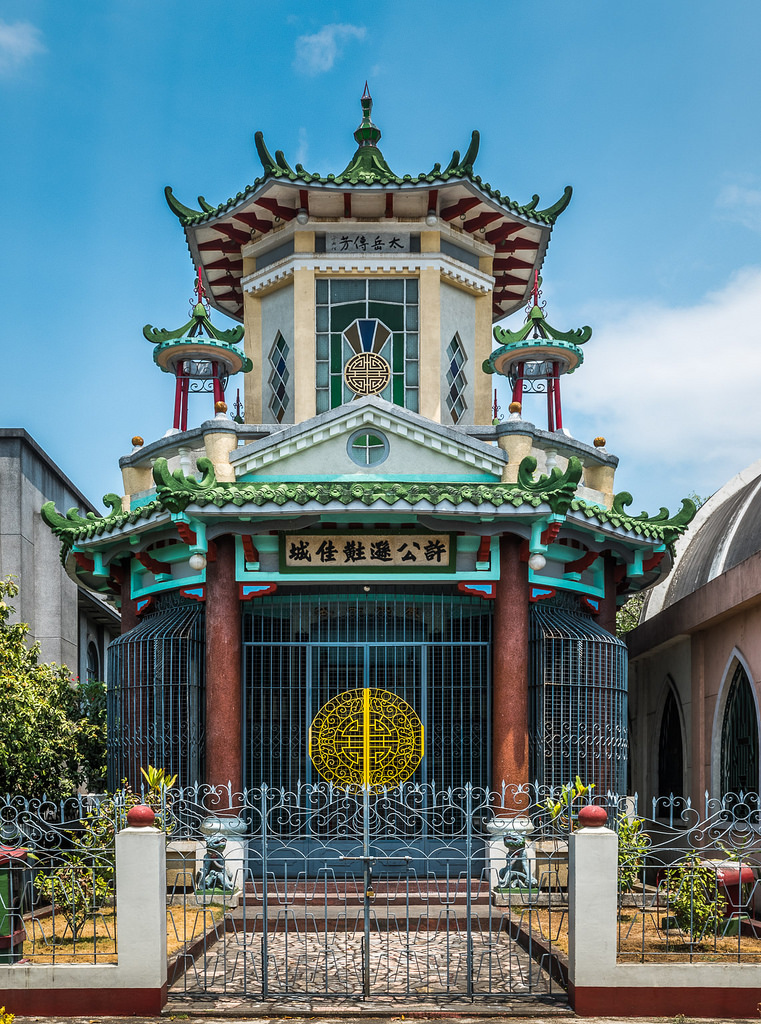
The Chinese hold great respect their departed ones and since ancient times, they have believed that the souls of the dead live in another world and graves are their earthly residences.
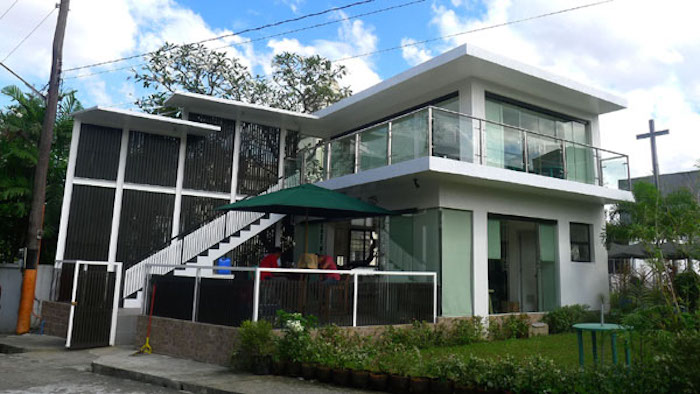
(c) BoyWander
If the family can afford it, these earthly residences can be built up to three stories high.
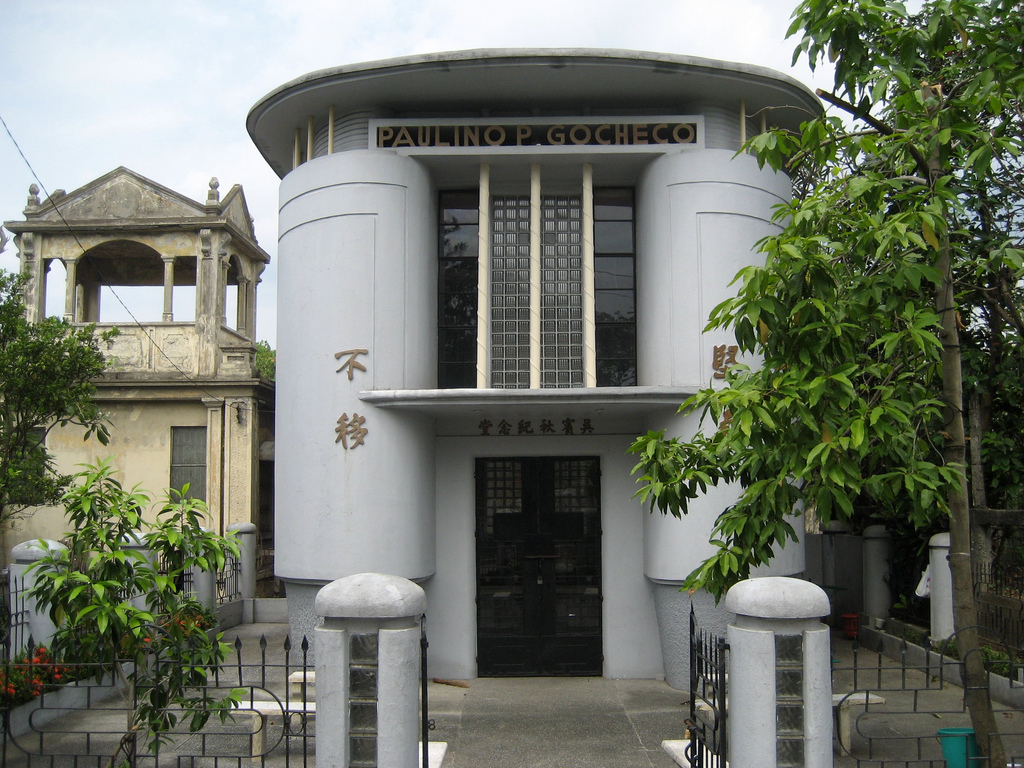
(c) Metro Manilan
It has become tradition for the living to spend entire days visiting the deceased, installing household amenities such as TV sets, couches and flushing toilets inside the tombs.
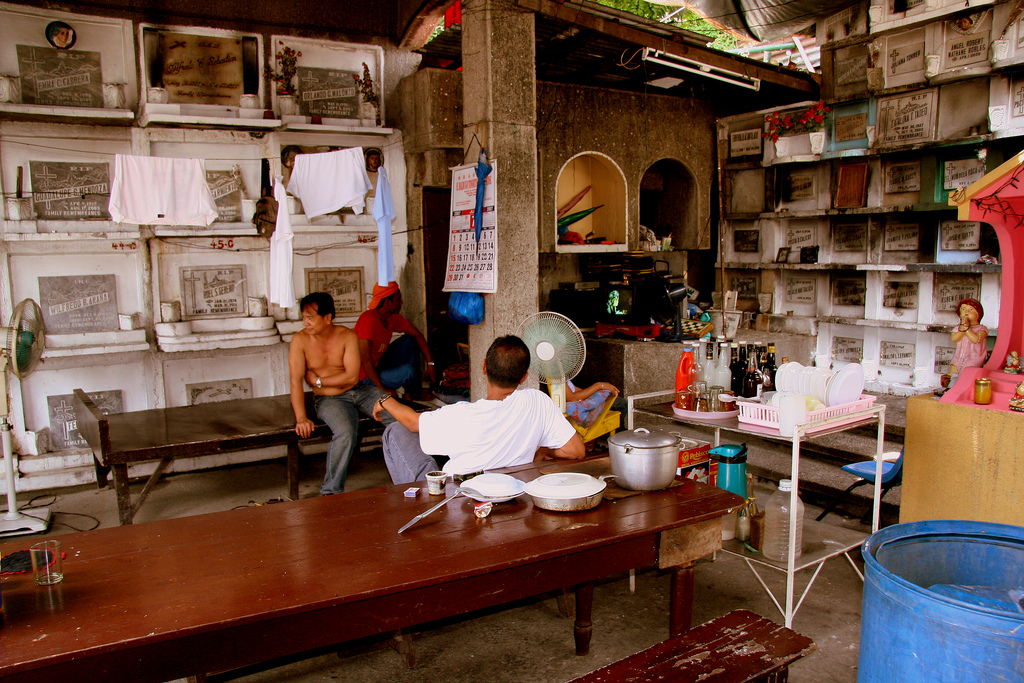
(c) Ruro Photography
Over the years, some visitors have become a little too relaxed amongst the dead and end up living there permanently….
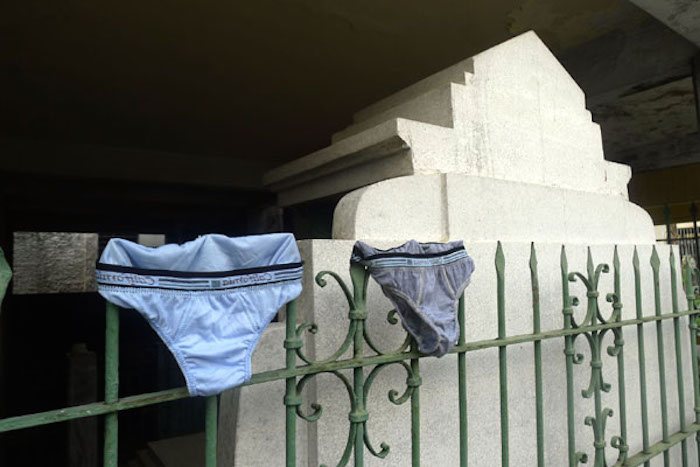
(c) BoyWander
There are residents who even claim to have been born inside the cemetery. The mausoleums have well-maintained patios like a quaint suburban neighbourhood, which also has a civic association, telephone lines and a local restaurant.
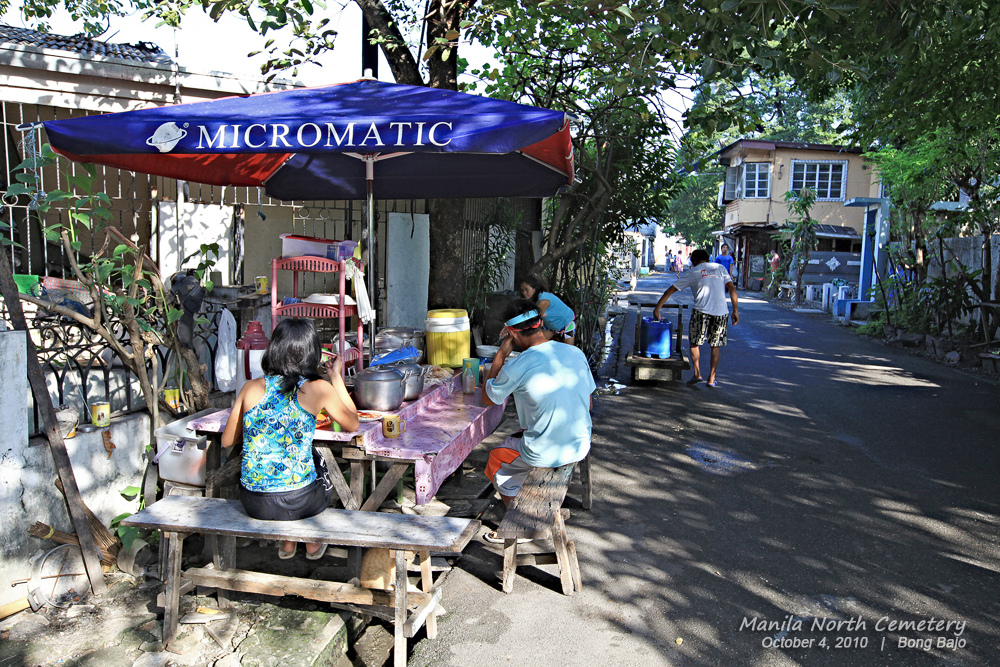
(c) Manila Cemeteries
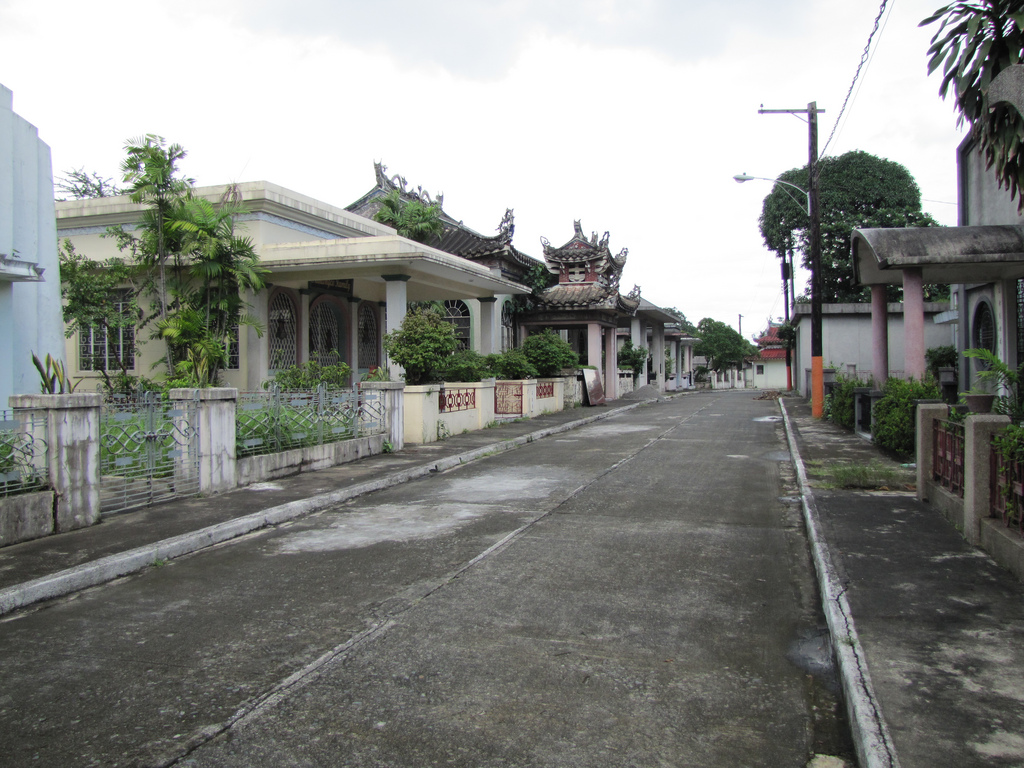
Like in all societies, there are wealthier and poorer areas of the cemetery’s community. Smaller and less well-maintained graves are usually grouped together down narrow alleyways further from the entrance gates.
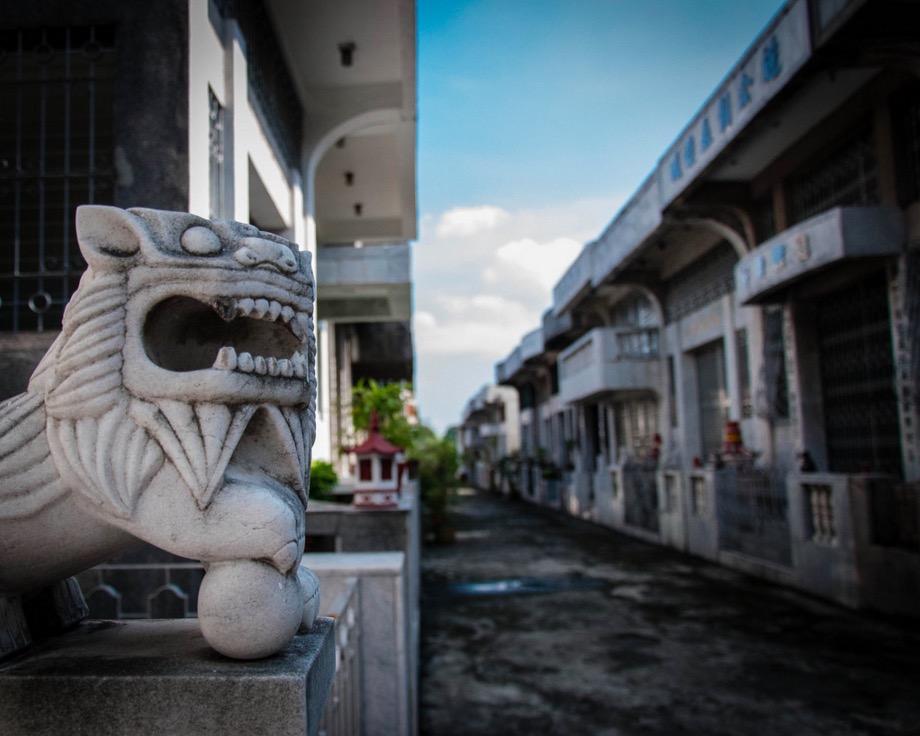
(c) Stacey Irish
However the cemetery as a whole has admittedly seen better days and even some of the most lavish mausoleums are now looking neglected. The graveyard is owned by the Manila city government, which has allegedly initiated an expansion program to build more “apartment tombs” and a crematorium.
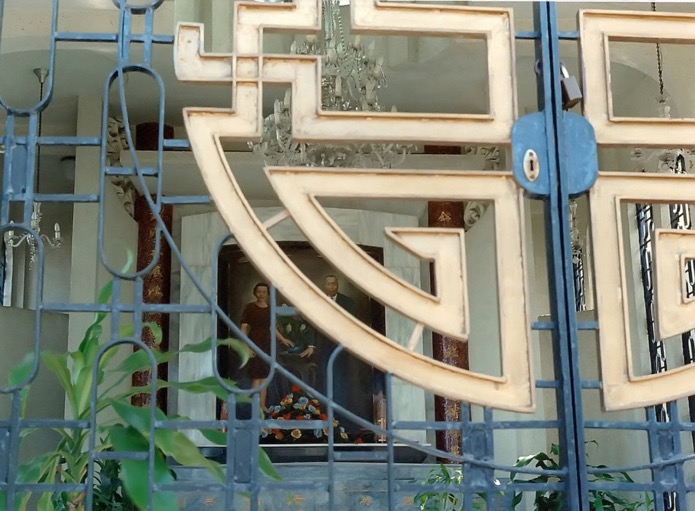
(c) Edgar on Flickr
The one-of-a-kind cemetery has become a curious tourist attraction of sorts, and you can hire professional guides to take you on a tour through Manila’s vast city of the dead to see the most interesting tombs, or pay the caretaker around 200 pesos to make sure you don’t get lost.
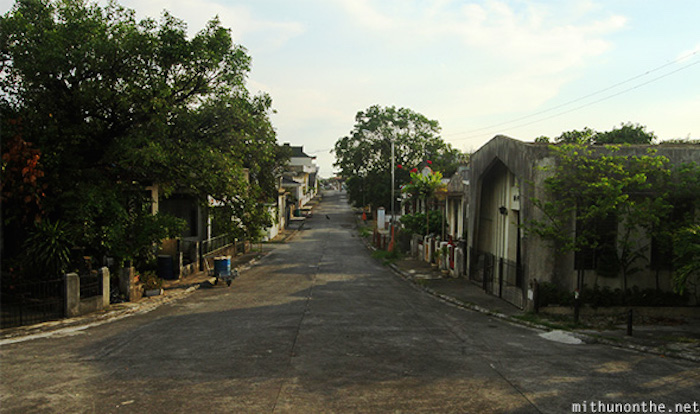
I found one comment on the cemetery’s Trip Advisor page left by a local Chinese-Filipino whose family built a mini mansion in the graveyard.
“Our place here has a room to sleep [in], a kitchenette and a toilet. We even have a small yard. It’s really like a house but not a scary one, even if it’s in a cemetery. As a child, we used to come every October 31 and sleep here. It’s a very interesting place to visit. I highly recommend it, especially [to] gain better understanding of the Chinese culture.”
